
All categories
Featured selections
Trade Assurance
Buyer Central
Help Center
Get the app
Become a supplier

(753 products available)













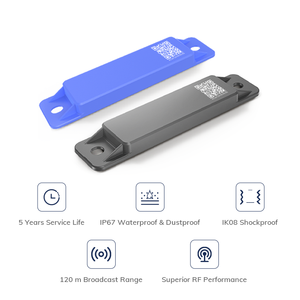
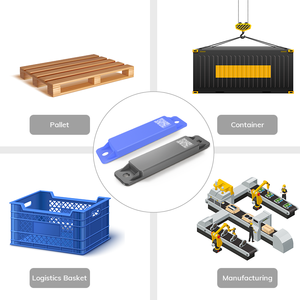
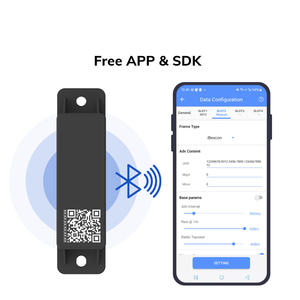


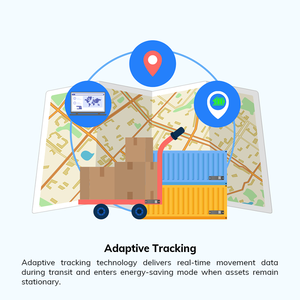



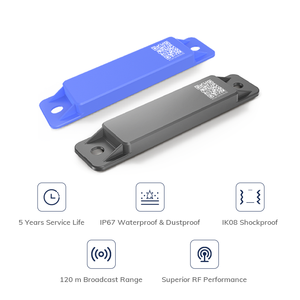





























A lorry tracking system is a system that allows the tracking of lorry movements, both inside and outside, in real-time. It provides users with real-time location information about the vehicle and can track the location of the vehicle at any time. The system allows for tracking of the following:
The lorry tracking system uses GPS technology to provide users with accurate location information. Users can track the lorry's location through mobile apps or web interfaces, making tracking convenient and simple.
Lorry tracking systems include active lorry tracking systems and passive lorry tracking systems. Active tracking systems use GPRS technology to provide real-time tracking information about the vehicle. In contrast, passive tracking systems store tracking data in a memory module for later download and analysis.
Some common lorry tracking systems include GPS tracking systems, RFID tracking systems, and cellular tracking systems. These systems use advanced technology to provide accurate location information and various functions to meet different needs.
Features of lorry tracking devices make it easy to monitor and manage commercial vehicles in real time. These include accurate location tracking, geofencing, route optimization, real-time alerts, driver behavior monitoring, fuel consumption tracking, maintenance reminders, and a user-friendly interface.
To ensure the lorry tracking system works perfectly, users should perform regular system checks, update software, maintain hardware components, keep tracking devices clean, train users, integrate with other systems, monitor power supply, establish preventive maintenance programs, and perform data backup.
Choosing the right lorry tracking system can be a daunting task for many businesses. Here are some key factors to consider:
Business Needs
The first step is to consider what the business needs. For instance, does the business need live tracking? How detailed does it want the reports? Does it want a system that can track other things, like fuel use or driver behavior?
Ease of Use
Another important consideration is how easy the system is to use. A system that is very easy to use will save the business a lot of time and trouble. Look for a tracking system that has an easy-to-use interface. It should also have features like mobile access, so the tracking can be done from anywhere.
Coverage
For lorries that often travel to remote areas, it is important to consider the coverage of the tracking system. Some systems use satellite that provides tracking in many areas. Others use mobile networks that may not work in all places.
Installation and Maintenance
It is also important to consider how easy it is to install and maintain the tracking system. Some systems need a lot of complicated equipment that can be hard to put in and can cost a lot to maintain. Others are easier to install and need little maintenance.
Cost
Cost is an important factor when choosing a lorry tracking system. Businesses should choose a system that fits their budget while offering the needed features and benefits. It is also important to consider the long-term value of the system, not just the initial cost.
Customer Support
Good customer support is important when choosing a lorry tracking system. The business should choose a provider with a very supportive team that can help with any problems or questions. Look for providers that offer many support channels, such as phone, email, and online chat.
Scalability
The tracking system should be able to grow with the business. If the business is planning to add more lorries or expand into new areas, it should choose a system that can easily add more lorries or cover more areas.
Additional Features
Some lorry tracking systems offer extra features that can benefit the business. These can include route optimization, geofencing, and real-time alerts. Consider if the business would benefit from these extra features.
Installation of active tracking system for lorries is quite easy and straightforward. Some of the steps to consider as a business owner are:
Find a Tracking Service
At this point, the user has to decide on the service plan to go for. Different providers offer different kinds of services and coverage. It’s important to research and find out which provider suits the business needs.
Prepare the Device
At this point, unpacking the tracking device to lorry is important. Following the manufacturer instructions to charge the device or insert batteries is important. Also, updating the tracking device is important to ensure it has the latest software.
Choose the Mounting Location
At this point, choosing a discreet location on the lorry where the device won’t be visible to thieves is important. Also, it’s good to consider a location that won’t interfere with the lorry's operations. Such places include under the dashboard, inside a door panel, or in the engine compartment.
Install the Device
At this point, following the manufacturer instructions to install the tracking device is important. Mounting the device using screws, adhesive, or Velcro at the chosen location is important. Also, connecting the device to the lorry's power supply is important if it’s required.
Configure the Device
Setting up the device according to the manufacturer instructions is important. Also, connecting the tracking device to a smartphone or computer is important to enable monitoring.
Test the Device
At this point, testing the device to ensure it’s working is important. Moving the lorry to see if the tracking information is received at the monitor is important.
Secure the Device
At this point, securing all the tracking device's settings and ensuring it’s protected from unauthorized access is important. Setting up alerts and notifications to monitor the tracking system is important.
Regular Maintenance
At this point, regularly checking the tracking device to ensure it’s working is important. Also, updating the tracking device’s software is important to ensure it’s up to date.
Q1: How does a lorry tracking system work?
A1: The tracking system uses GPS technology to receive signals from satellites. The system onboard the lorry processes the GPS data and sends it to a tracking platform through a mobile network. The tracking platform shows the location of the lorry on a map, which can be accessed through a web interface or a mobile app.
Q2: What are the benefits of a tracking system for lorries?
A2: The tracking system allows real-time location monitoring, safe lorry recovery after theft, route optimization, lorry tracking in remote areas, and lorry maintenance needs alerting. All this leads to reduced operational costs, increased lorry safety, improved customer service, and increased overall efficiency.
Q3: Can a lorry be tracked without a tracking device?
A3: It is possible to track a lorry without a tracking device, but the methods are not as precise or real-time as tracking with a device. Users can track the lorry using mobile apps with location sharing or use online maps combined with phone calls to get the lorry's approximate location.
Q4: Is it legal to track a lorry?
A4: Yes, it is legal to track a lorry. The tracking system is widely used for lorry fleet management, ensuring lorry safety, and tracking lorries in logistics services. However, it is important to inform the tracked lorry's driver or owner about the tracking system to comply with privacy and data protection laws.
Q5: Can the tracking system be installed on any lorry?
A5: Yes, a tracking system can be installed on any lorry. There are different types of tracking systems, such as tracking devices that can be connected to the lorry's OBD port or installed in a hidden place. Some systems use tracking apps combined with GPS modules, allowing tracking systems to fit any lorry.